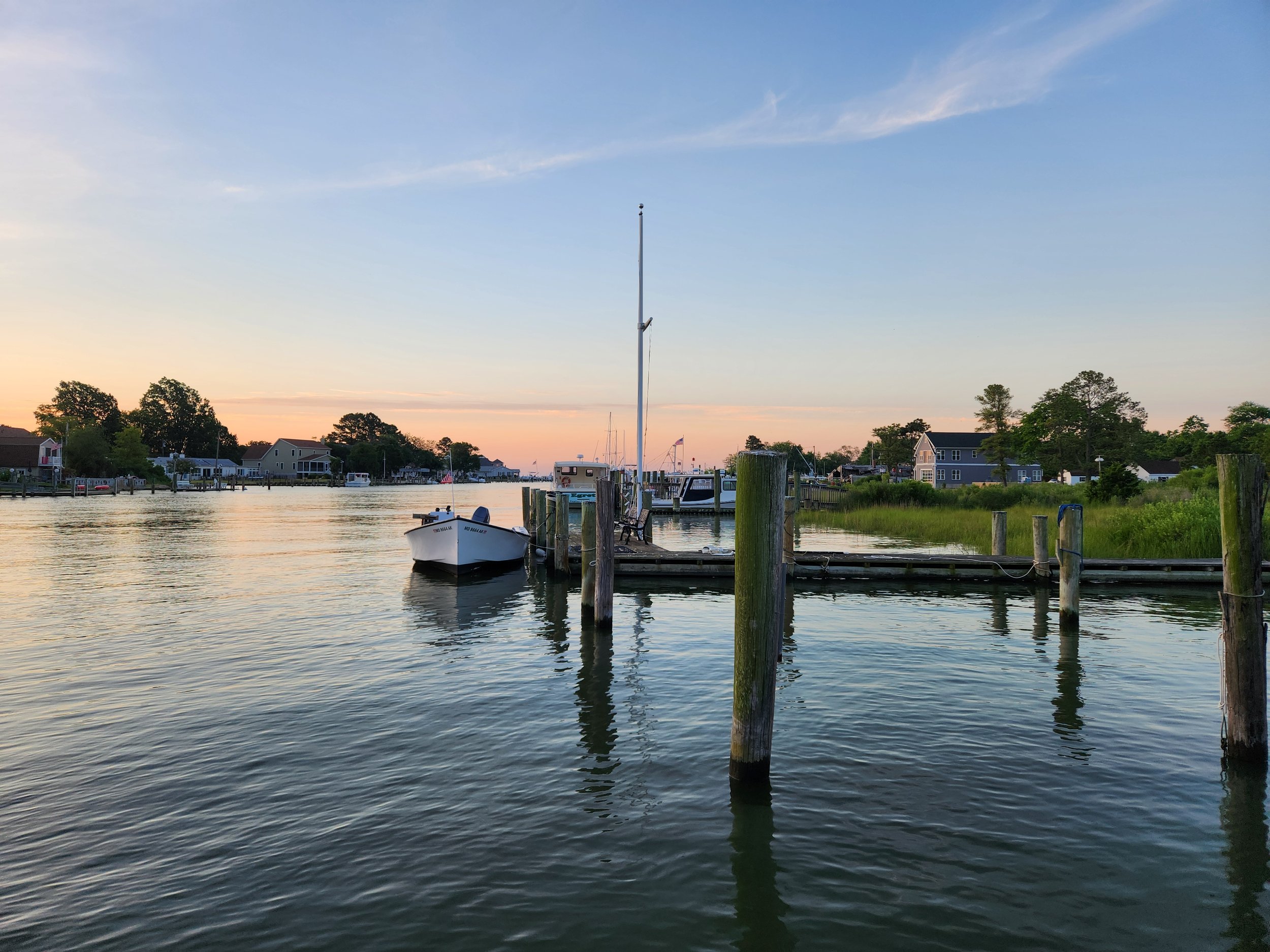
The Chesapeake Bay is a treasured natural asset that provides a multitude of benefits to both the environment and society, making it an important and cherished part of the United States.
Blue Catfish & The Bay
Blue catfish (Ictalurus furcatus) are the largest catfish species in North America, growing up to five feet long and up to 150 pounds. While they are native to the Mississippi River basin, the Blue Catfish were introduced intentionally by the state of Virginia in the 1970s and 1980s as a game fish for sportsmen in the James, York and Rappahannock rivers. Originally it was thought that these catfish would remain in the original stocking locations but they have spread throughout the Chesapeake watershed, causing extensive environmental and economic damage.
Unlike native bottom-feeding catfish, the invasive blue catfish dominate the entire height of the water column. They have a higher salinity tolerance which has allowed for extensive geographic spread.
The broad range of the wild Chesapeake Blue Catfish threatens the bay’s sensitive, native stocks of shad, sturgeon, and herring as well as the iconic Chesapeake Blue Crab. However, swimming and eating closer to the surface also means they make for more palatable meat. The flesh of this catfish is consistently delicious.
As an introduced predator in the ecosystem, Blue Catfish have flourished, invading the spawning waters of American Shad and other fish and shellfish native to the Bay’s tributaries, eating their eggs and endangering their survival. Blue Catfish also eat crab, fish, crayfish, clams, mussels, frogs, and other readily available aquatic food sources, which play an important role in our ecosystem and economy.
Protecting the Chesapeake
Several academic, regulatory and conservation organizations consistently study and monitor the health Chesapeake, including all issues surrounding the invasive nature of the wild blue catfish. Here are just a few examples:
NOAA
“Blue catfish are here to stay. Left unchecked, they threaten native species, including endangered and commercially important species. The commercial and recreational fisheries are helping to control the population.
NOAA Fisheries and our partners are supporting the development of these fisheries and working to identify further solutions to control the growth of this invasive population.” - NOAA
William & Mary's Virginia Institute of Marine Science
A new study by researchers at William & Mary's Virginia Institute of Marine Science warns that blue catfish — an invasive species in several Chesapeake Bay tributaries — tolerate salinities higher than most freshwater fishes, and thus may be able to expand their range downstream into mainstem Chesapeake waters, and from there into new bay tributaries and even Delaware Bay.
Sustainable Fisheries Goal Implementation Team Meeting Summary - Chesapeake Bay Program
Blue crabs and blue catfish are increasingly experiencing overlapping ranges in the tidal James River. Through gut analysis, this study estimated the removal of 2.3 million crabs annually from predation (from this area alone). The highest proportion of predation is resulting from intermediate-sized catfish.
Prolific Reproduction
Blue catfish are highly productive and create high numbers of offspring each reproductive cycle. They spawn once a year from late May into June, mostly in lower-salinity streams and smaller tributaries. Females produce 4,000 to 8,000 eggs per kilogram of body weight—so a 10-pound fish could produce more than 20,000 eggs.
Blue catfish are apex predators of Chesapeake tributaries; they are opportunistic and generalist predators, feeding on important native fish such as menhaden, shad, river herring, as well as blue crabs, plants, and insects. Adult blue catfish have few natural predators in the Chesapeake Bay. They are among the preferred prey of osprey and bald eagles.
